Simple Beauty Rose Series – 2018 – Vol. 5
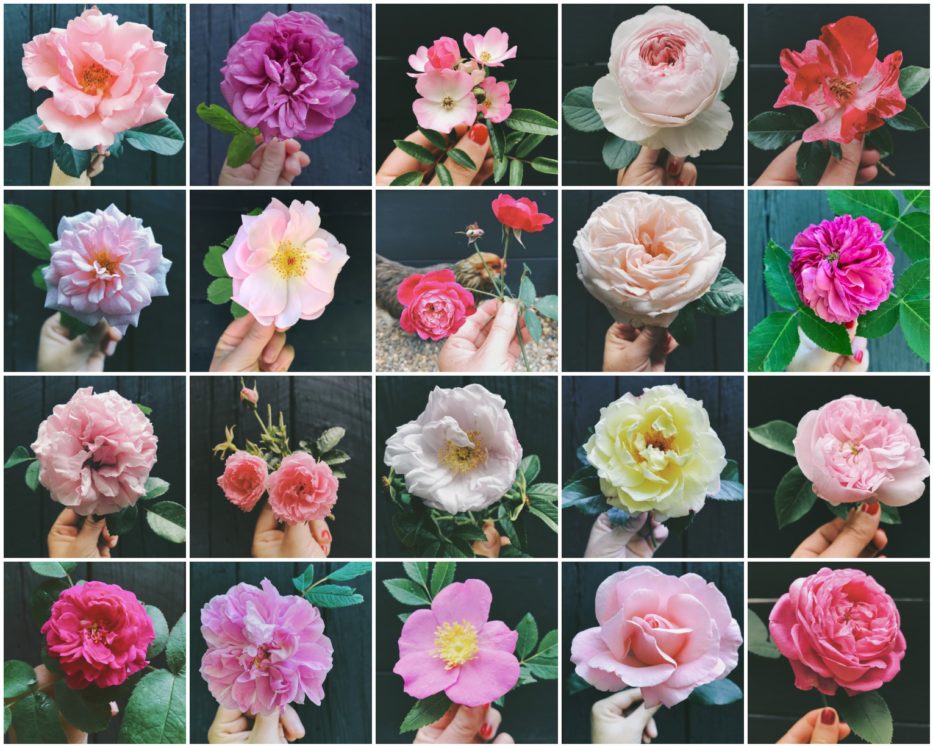
The 5th installation of my Simple Beauty series is here! 2018 was an “interesting” year for the garden in many ways, (side eye at the rain) but I did manage to add many new rosy friends to the collection thanks mainly to my inability to turn down a free rose. In usual form, I forgot to photograph a handful of them so they’ll have to show up in next year’s group. Here’s what I did manage to record, with a guest appearance by sweet little Maple, and some notes for each. To refresh your memory, these roses were grown in a mountain climate in western North Carolina, technically Zone 7 but more like a 6b.
If you’re new to this series, you might like to check out this post to get the background on why it began and for those wondering why my creepy hand is always in the photos, it’s to help show scale.

‘Apricot Candy™’ Meibedull
A profuse bloomer with disease resistance and fragrance, to boot! A nice rose for container growing, too. More to come on this beauty so watch this space…
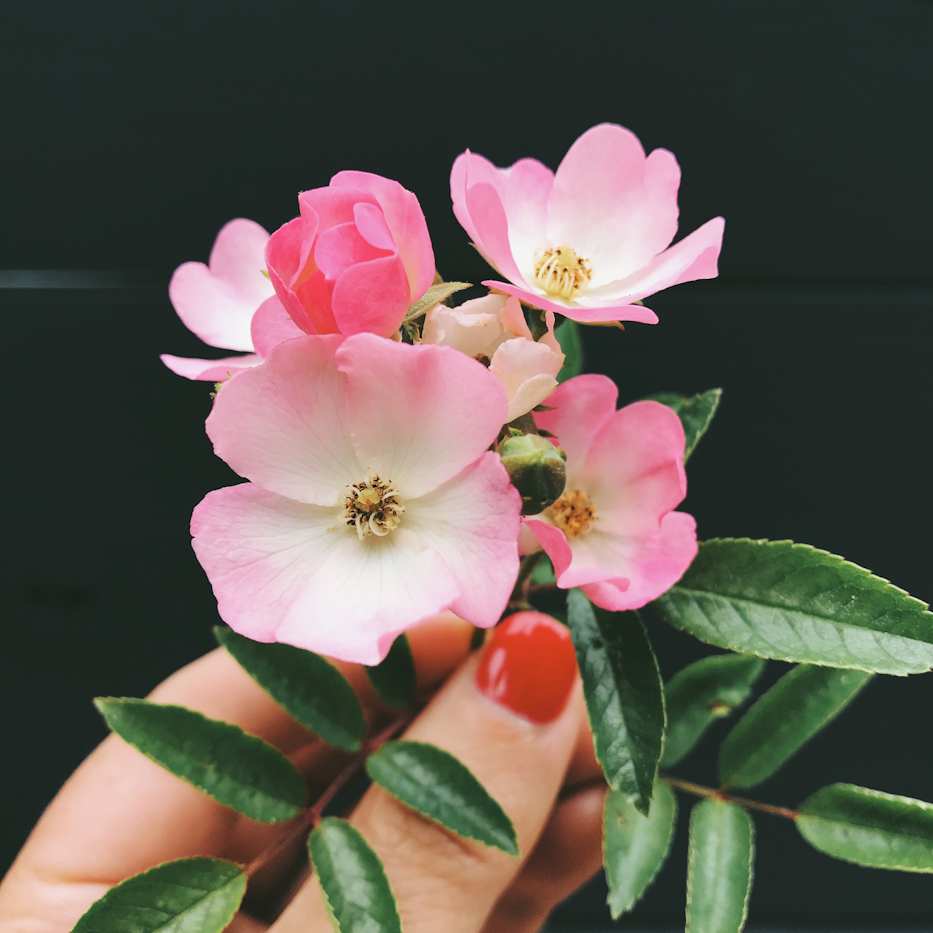
A classic! This hybrid musk has been a favorite of gardeners for generations. I found that a sprig of blossoms held for a very long time in a vase. I did end up giving mine away, though, because I just couldn’t stand all the blackspot. If you live in a drier clime, this one might be for you.
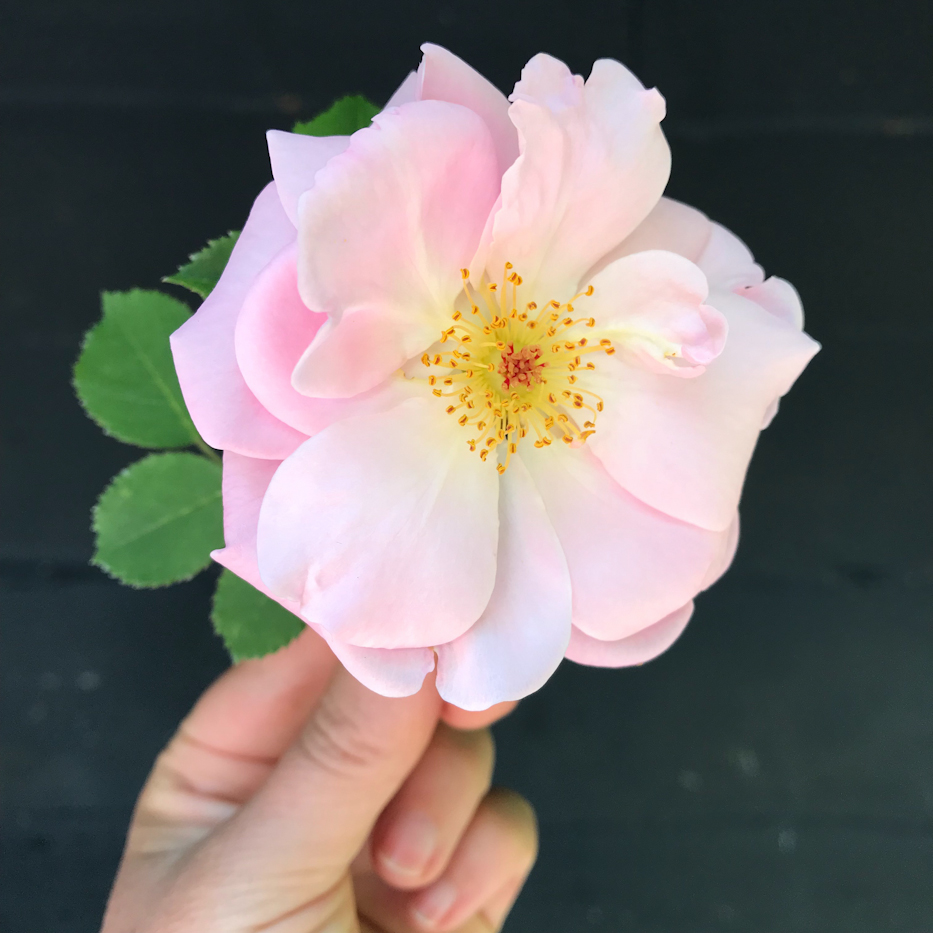
‘Bonica®’ MEIdomonac
Do you have a rose that tends to come and go in your garden, turning up again like a bad penny? ‘Bonica’ is that for me. I don’t think it’s as disease resistant as it’s often touted, but that’s just my experience. Still, I’ll probably always have one tucked away somewhere because the abundance of hips that follow the flowers are so charming.
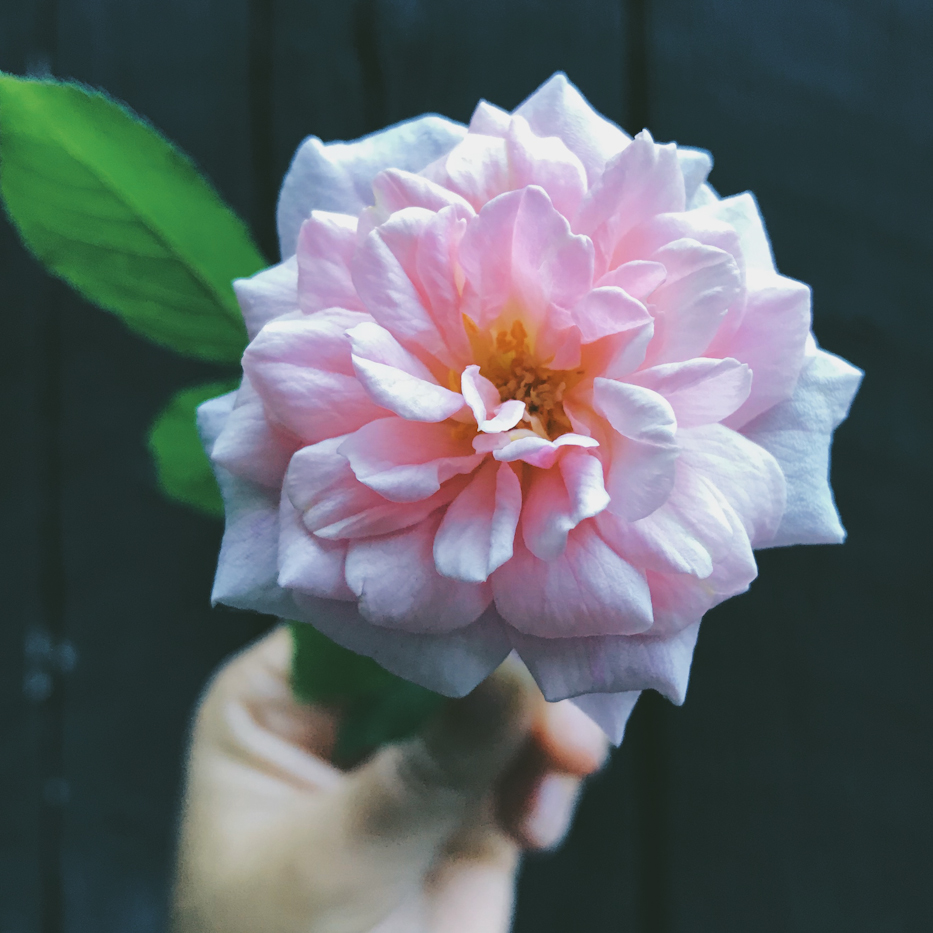
Another classic. I think all rosarians can name the first rose they fell in love with and this was mine. I was only around 9 years old when I first met Cécile but I still remember how massive and beautiful she was. This particular cultivar is one I purchased from Antique Rose Emporium and it repeats. In fact, it was never without a bloom all summer!
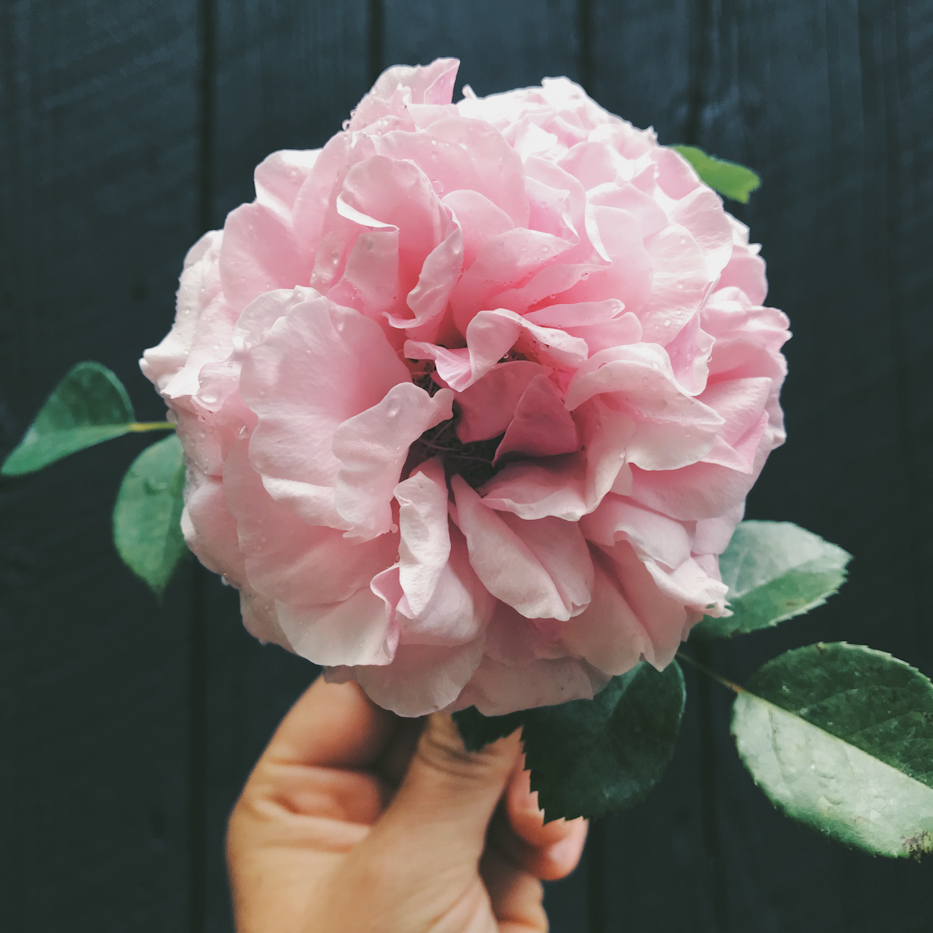
“Clements Pink”
We’re calling this one “Clements Pink” in honor of it’s breeder, John Clements, but I don’t think it’s actually been officially named. My rose friend, Jim Wilson, generously passed one on to me and I just love it. I have a better photo of this rose HERE.
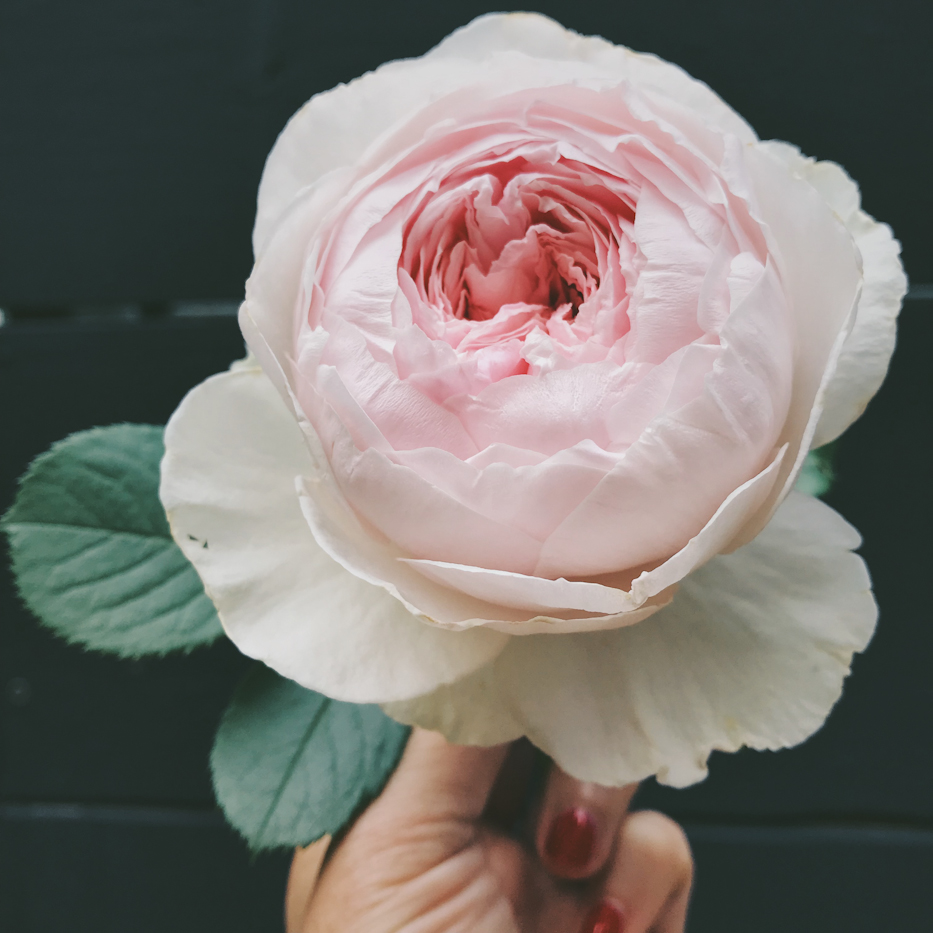
‘Earth Angel’ KORgeowim
Everything I wish to say about this rose can already be found HERE.

In my quest to add roses that I loved in our old garden but were left behind, I recently reintroduced “Fantin-Latour”, a lush pink Centifolia. Last summer, to protect her from voles, I had to dig up and pot and she responded very crankily by half dying. This is a rose that does not like change! Check out this older post to learn more.
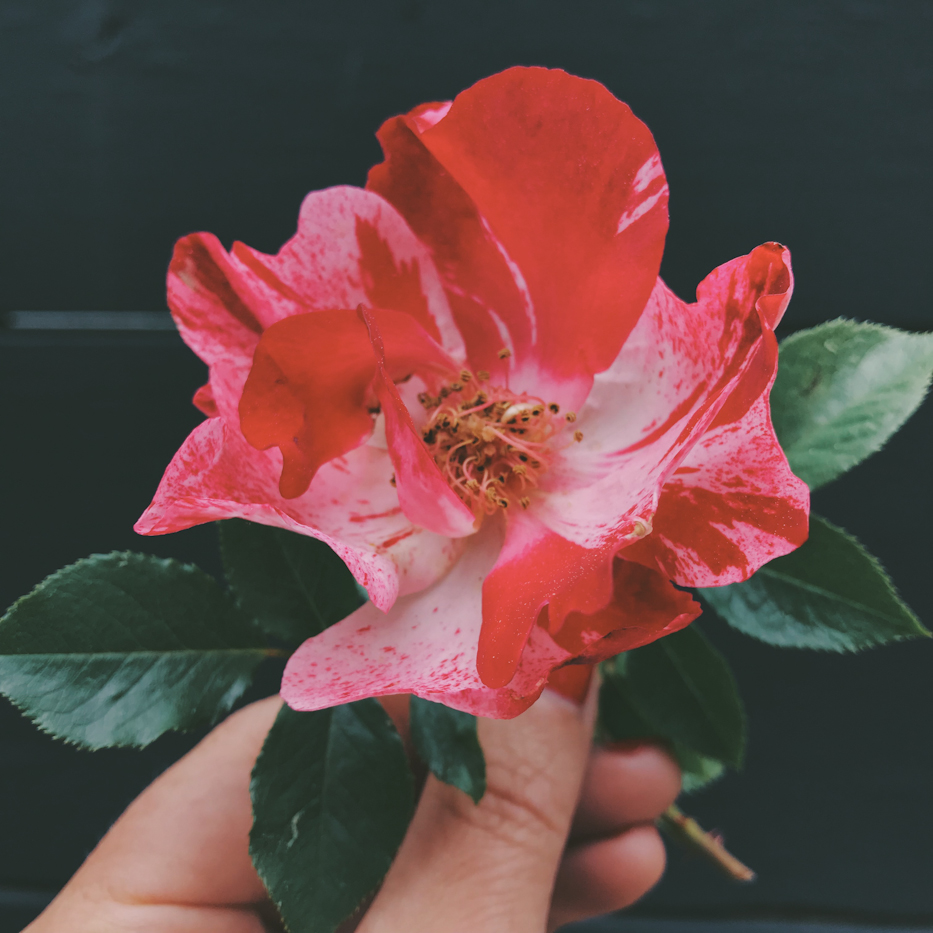
‘Fourth of July’ WEKroalt
Can anyone recommend a remontant striped rose that isn’t a diva? I was hoping for better luck with ‘Fourth of July’ and ‘Rock and Roll’ but both proved disappointing. For striped goodness that doesn’t disappoint I think ‘Rosa Mundi’ is still tops but of course she doesn’t repeat. If you live in an area prone to blackspot and have a recommendation for one that would do well in a no-spray garden, please share in the comments!
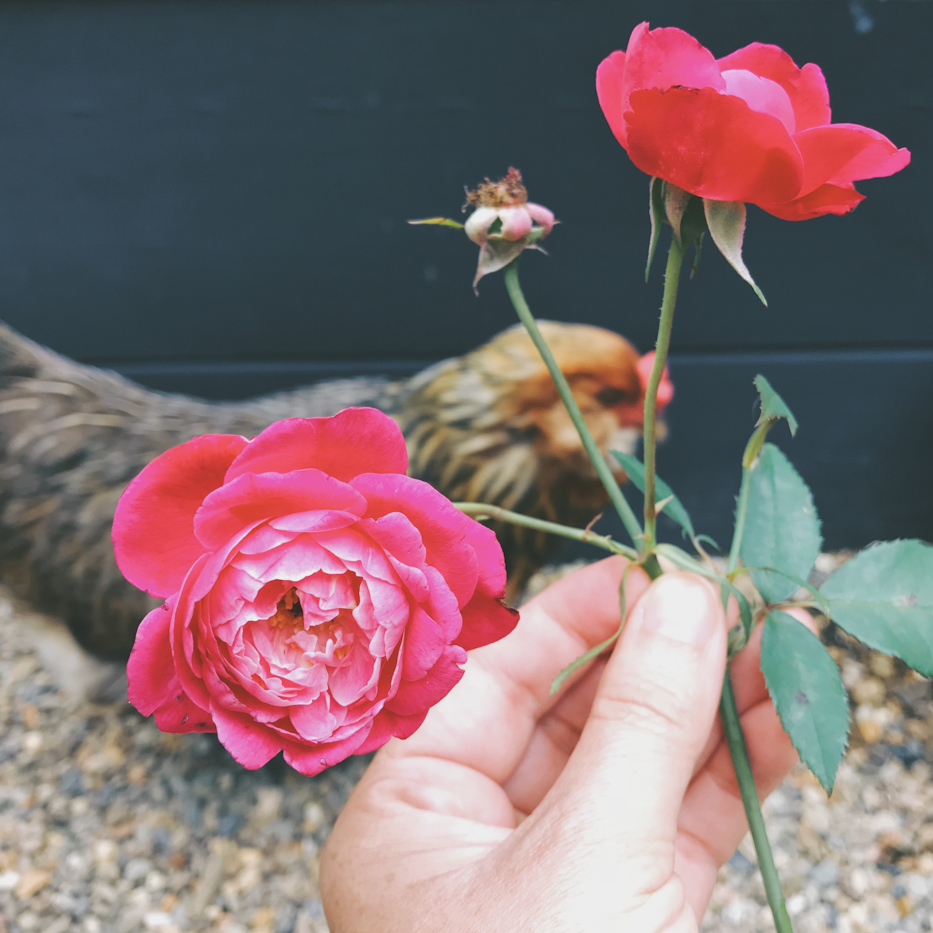
Here’s Maple just passing through as I photographed ‘Louis-Phillipe’, a lovely China rose that bloomed all season for us. I found the fragrance to be strong and sweet and the overall habit to be more restrained than some other chinas. Mine was purchased at A Reverence for Roses. This rose would best suit a warmer climate, zone 7 or higher.

‘Madame Anisette’ KORberonem
Well, if you don’t like the scent of anise/licorice than this is not the rose for you because wowzers, it’s a powerful perfume. A strange habit on this one with very prickly, tall, stiff canes that yield flowers with shorter stems than I would prefer. I think if you prune hard, you might get longer stems if that’s important to you. I ended up simply enjoying the flowers in situ. Something I want to note on these newer Kordes roses is that they often need to establish for a year or two before they start flowering well. Such was the case for Mme Anisette!
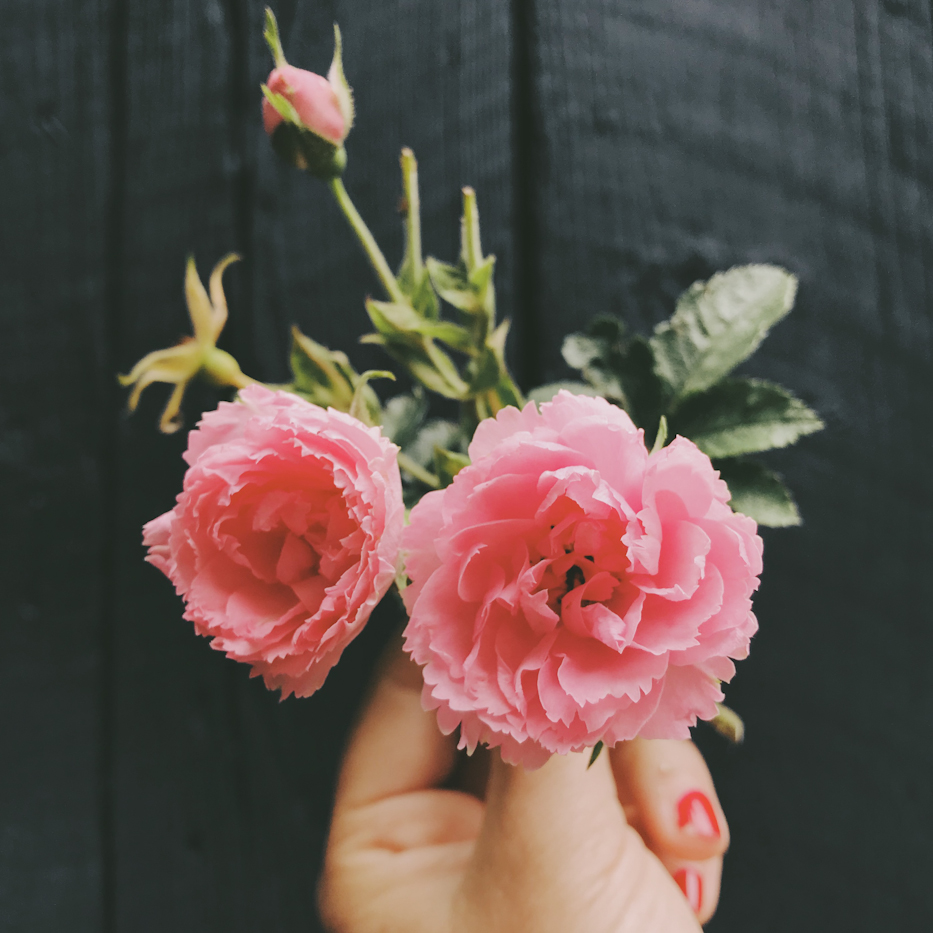
‘Pink Grootendorst’
If you’re collecting Rugosa hybrids like I am, by all means, check out the Grootendorst family of roses. However, if you are new to growing rugosas and want to try some in your garden, this is NOT the one to start with. Why? There is no fragrance–which I think is one of the best things about rugosa roses so to not have any feels like a crime–and the flowers are not that exciting, other than the “pinked” edges of the petals. I kept asking myself “Do I like this rose?” which is probably not a good sign! Plus side, it’s one that looks very pretty when covered in flowers and it did bloom in flushes all summer.

‘Plum Perfect™’ KORvodacom
Definitely one of the nicer roses I’ve added in the past few years, Kordes outdid themselves with ‘Plum Perfect.’ It’s a stunner. However, what may be surprising to find in a purple rose, it is not fragrant, at all. I forgive it’s lack of fragrance because it more than makes up for it in disease resistance and generosity of it’s beautiful flowers. Foliage is thick and glossy. Does well on it’s own roots!
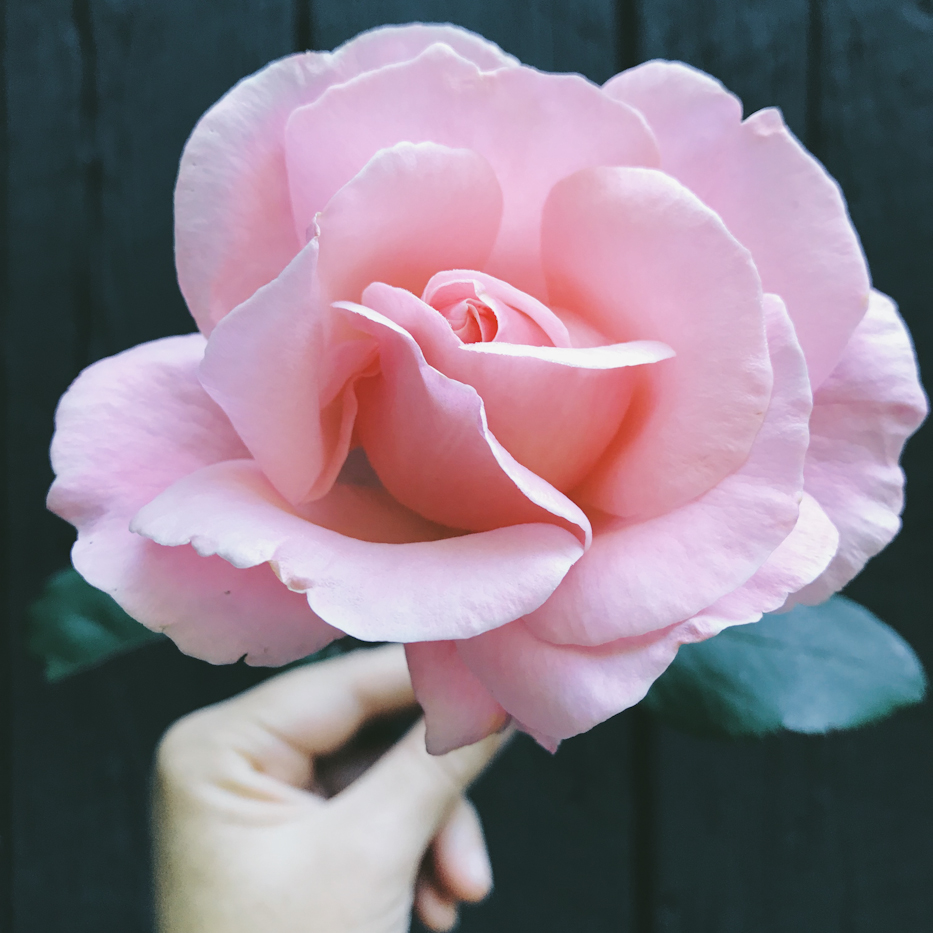
The rose that caused enough of a sensation when it was introduced that a new class, “Grandiflora” was created, it still is a classic and widely grown. I never intended to grow it again (it was one of the first roses I added to my garden decades ago when I got bit by the rose bug) but I picked one up at our spring rose sale because it looked so pretty that day. And really, that’s the gist with this rose: nothing special compared to today’s modern hybrids, but it reliably puts forth large, no-nonsense pink flowers which look lovely in a vase with other garden roses.
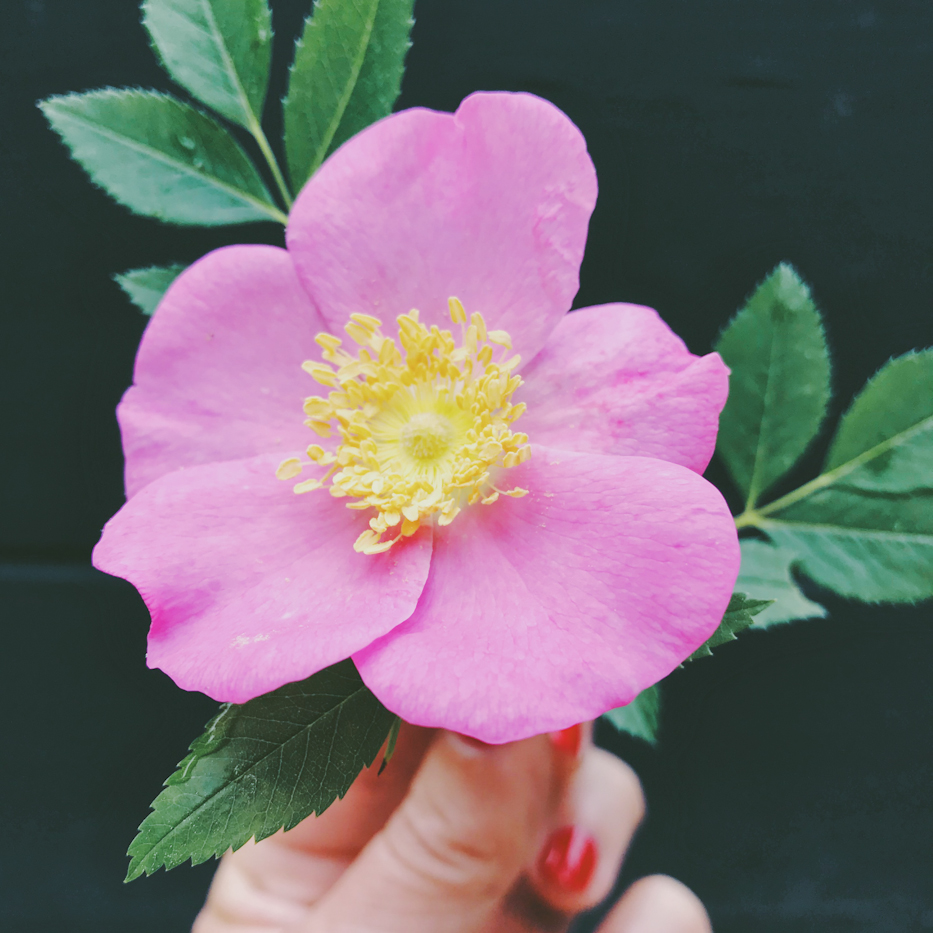
Hooray for species roses! Can I get a woop-woop?! If you have a bit of room in your garden to try a species, please do…I promise you won’t regret it. They, of course, are the forerunners of the hybrid roses grown in our gardens today, and each has something to wonderful to offer. Here we have R. virginiana which has such charming, clear pink flowers and prominent stamens that the bees went nuts for. Following the flowers are tiny red hips and colorful autumn foliage. Mine is still in a container because I haven’t decided the perfect place for her. She can spread to form a dense, thick hedge about 3-4′ in height.
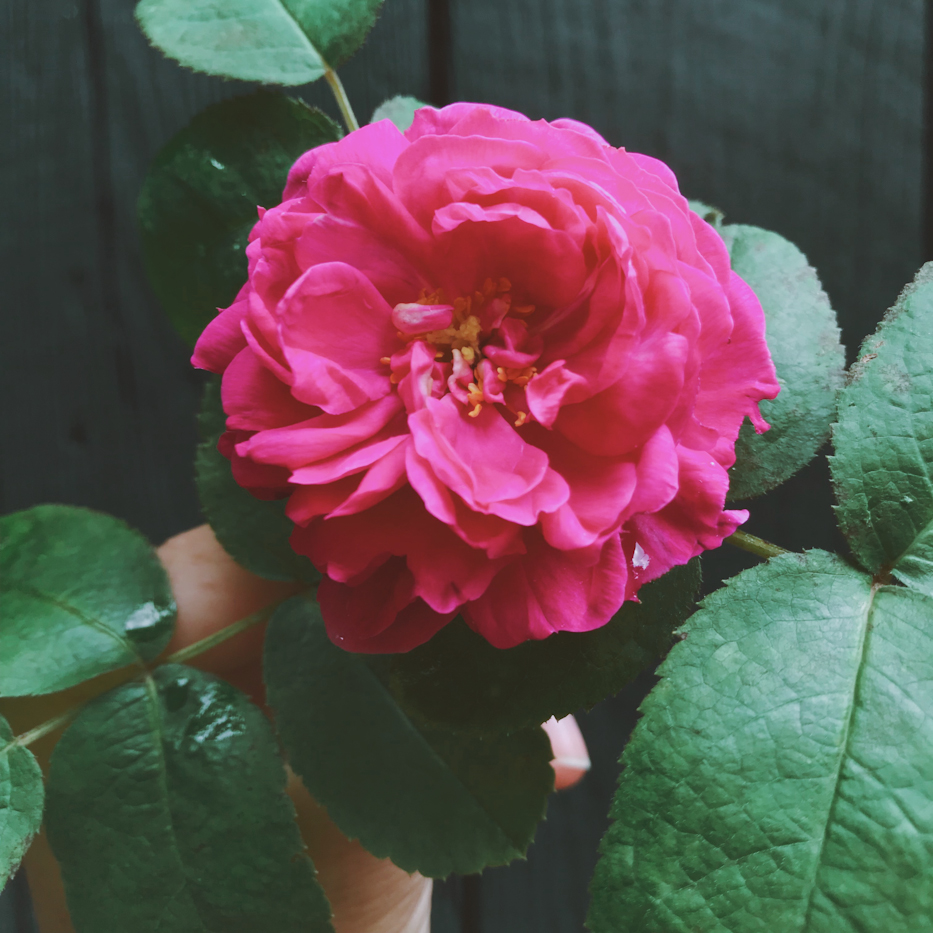
Just like “Fantin-Latour”, I wanted to add “Rose de Rescht” again to our garden. This photo is not doing this rose any favors. Here’s an earlier post that better captures the coloring. Something interesting I learned about this rose, much of the stock out there is carrying the mosaic virus, or RMV. Sure enough, mine has it. Rose Mosaic Virus is transferred via vegetative propagation and while not necessarily fatal, it can weaken the rose. In my case, my RdeR hasn’t shown very much vigor and did not bloom well. It certainly isn’t as nice as the one I cultivated years ago in our PA garden. Heirloom Roses has a nice summary of what RMV is and the symptoms if you’re curious to learn more. They also carry Rose de Rescht which they guarantee comes from virus-free stock, if you want to check them out!
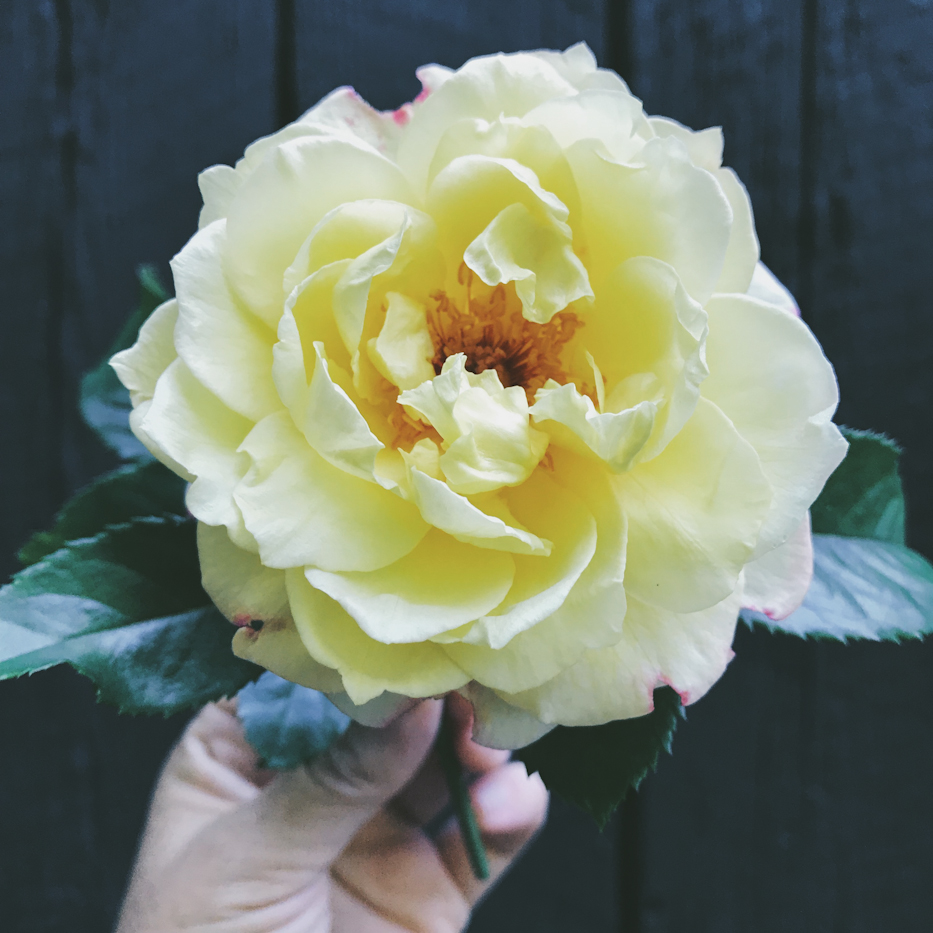
‘Rugelda’ KORruge
Would you believe you’re looking at a hybrid rugosa? There are a few yellow rugosas out there and this one is a Kordes. Honestly, ‘Rugelda’ doesn’t look the least bit rugosa-y to me, so if you’re not a fan of the leathery, wrinkled leaves of a typical rugosa then you might like this one. The unfurling yellow buds and semi-open flower are outlined in rouge as though with a red crayon. It’s very striking! I’ll share more photos in a later post.
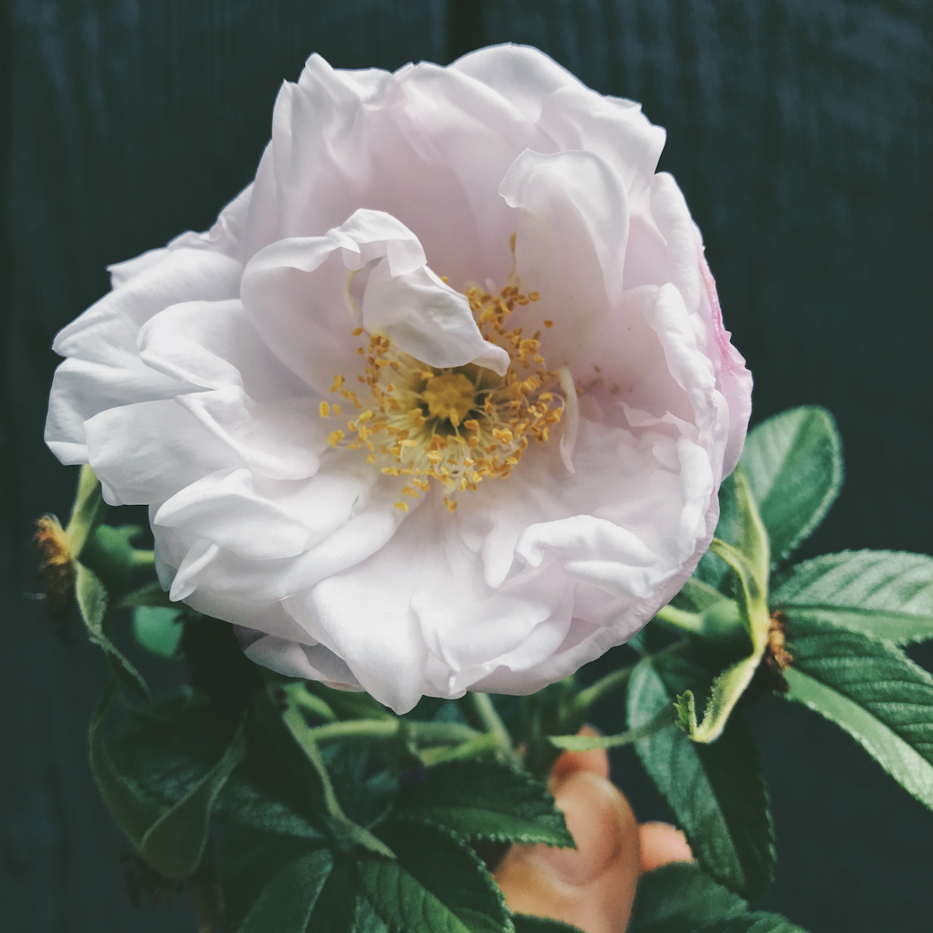
‘Snow Pavement’ HANsno
First off, there is some confusion that ‘Snow Pavement’ and ‘White Pavement’ are the same rose, but they are not! I made the same mistake myself last spring and kept interchanging the two names when describing this rose for which I feel quite silly. ‘Snow Pavement’, the rose you see here, has a decidedly lavender/blush cast to the flowers but ‘White Pavement’ is more of a crisp white. Anyways, if you love the perfume of a rugosa than this one will knock your socks off. When it was flowering, I just wanted to carry it around with me all day. I can’t wait to see it get bigger and more floriferous as the seasons pass.
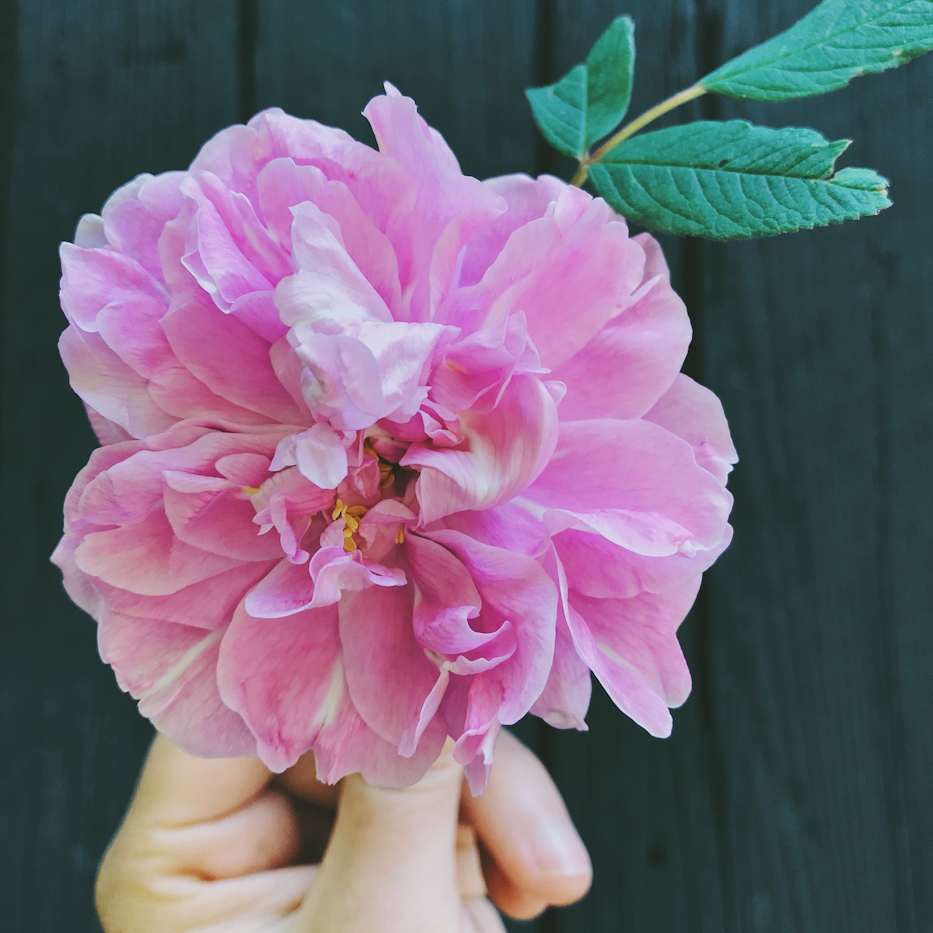
Thérèse Bugnet, you old so and so. What a rose! Beautiful flowers, heaven-scent, lovely habit. My only wish is that it would flower more. I had a nice flush in late spring but that was about it. Still, it’s a fine rose to add to one’s collection if you have the space for it as it can get quite large. Thérèse Bugnet is categorized as a hybrid rugosa but it’s a perplexing lineage which you can read more about HERE.

Unknown Bourbon from Heirloom Roses
Heirloom sent me the wrong rose last spring and I ended up with this really pretty one which I am assuming is a type of Bourbon. Any ideas of what it could be?
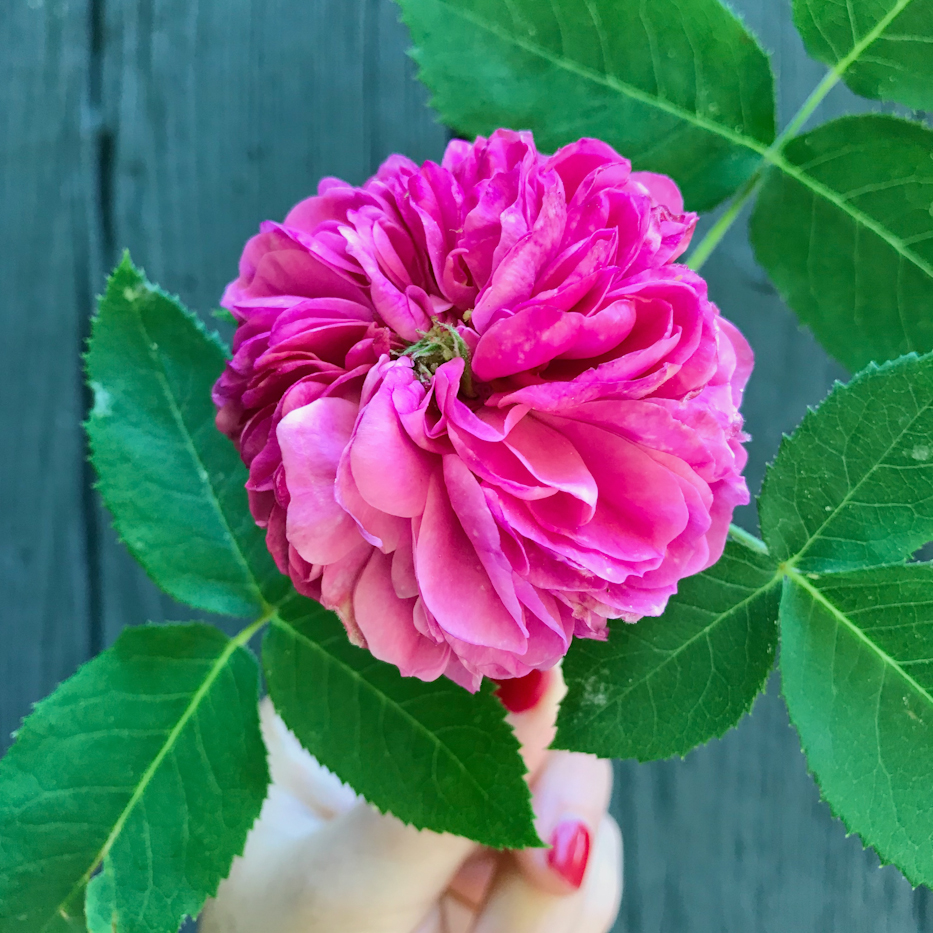
Loved the richly petaled flowers of Yolande but she was not particularly vigorous last season. She was another casualty of having to be potted up to avoid the voles so the fault may partially lie with me. The flowers were very fragrant and definitely had that Old Rose look to them which I find to be so romantic. This is another Vibert rose, a breeder I much admire.
Phew! That was a long list! Thank you for making it all the way to the end and now it’s your turn: Do you have any of these roses in your garden? How do they do for you? It would be great to hear your opinion and also please share your climate zone so that it might help others.

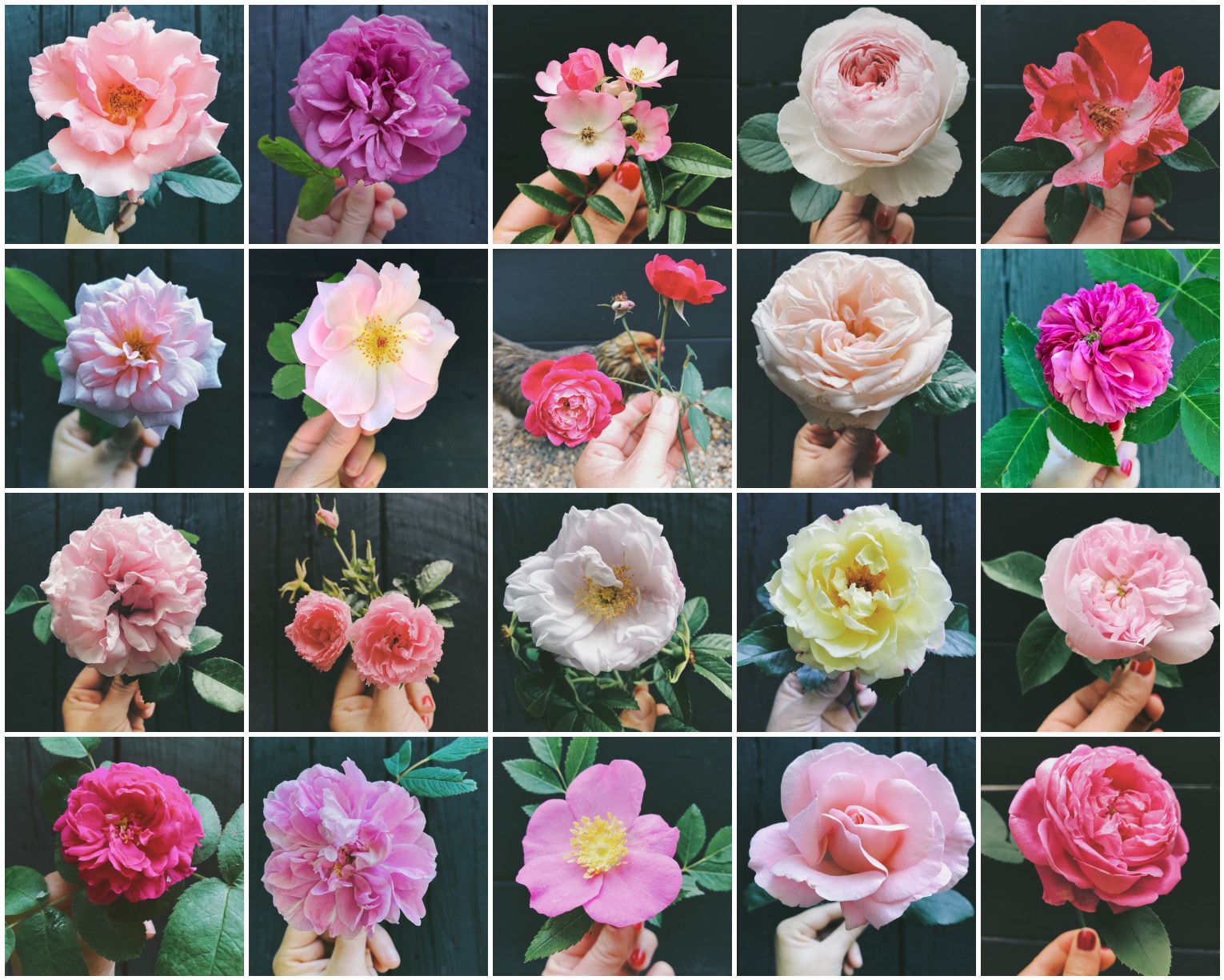


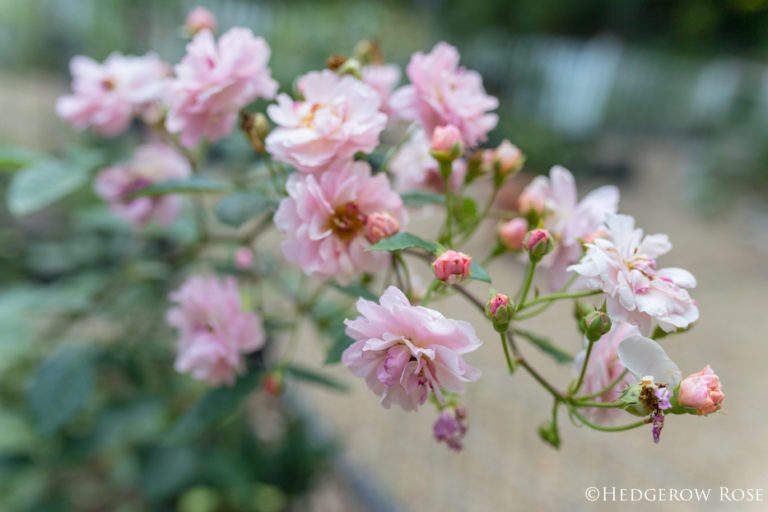

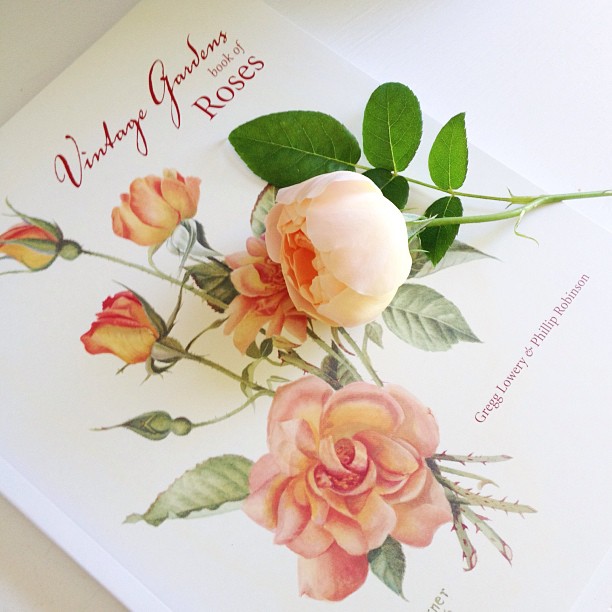

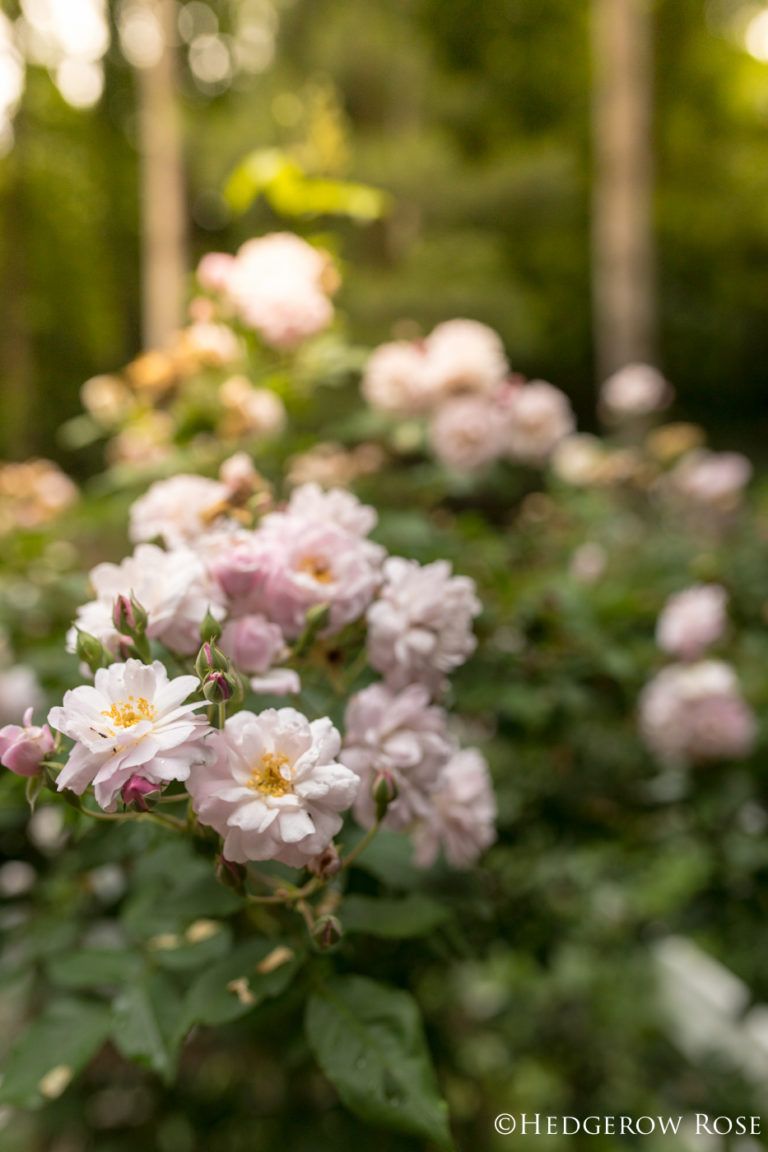
Wonderful informative post, I have just added Cecile Brunner to my garden in Melbourne, Australia and she seems very happy!
How wonderful! I’ll bet you get lots and lots of blooms this season.
I’m pretty late here but can’t resist asking- do you think the mystery Bourbon is a Mme Dubost?? I’ve been debating whether to get a couple of them from Heirloom Roses and would love to know your experience with it! Or if you e otherwise identified the sweet pink mystery?
Hi Andrea! I never did identify it (and I left it behind for the new owners) but I don’t think it was Dubost. If I had to guess, I’d say it was Louise Odier. Thanks for stopping by!